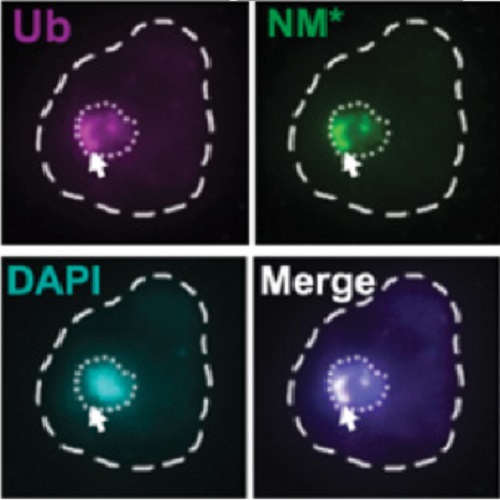Dictyostelium discoideum has a highly Q/N-rich proteome and shows an unusual resilience to protein aggregation.
Many protein-misfolding diseases are caused by proteins carrying prion-like domains. These proteins show sequence similarity to yeast prion proteins, which can interconvert between an intrinsically disordered and an aggregated prion state. The natural presence of prions in yeast has provided important insight into disease mechanisms and cellular proteostasis. However, little is known about prions in other organisms, and it is not yet clear whether the findings in yeast can be generalized. Using bioinformatics tools, we show that Dictyostelium discoideum has the highest content of prion-like proteins of all organisms investigated to date, suggesting that its proteome has a high overall aggregation propensity. To study mechanisms regulating these proteins, we analyze the behavior of several well-characterized prion-like proteins, such as an expanded version of human huntingtin exon 1 (Q103) and the prion domain of the yeast prion protein Sup35 (NM), in D. discoideum. We find that these proteins remain soluble and are innocuous to D. discoideum, in contrast to other organisms, where they form cytotoxic cytosolic aggregates. However, when exposed to conditions that compromise molecular chaperones, these proteins aggregate and become cytotoxic. We show that the disaggregase Hsp101, a molecular chaperone of the Hsp100 family, dissolves heat-induced aggregates and promotes thermotolerance. Furthermore, prion-like proteins accumulate in the nucleus, where they are targeted by the ubiquitin-proteasome system. Our data suggest that D. discoideum has undergone specific adaptations that increase the proteostatic capacity of this organism and allow for an efficient regulation of its prion-like proteome.

- Proc. Natl. Acad. Sci. U.S.A. 2015 May 19;112(20):E2620-9
- 2015
- Cell Biology
- 25941378
- PubMed
Enabled by:
